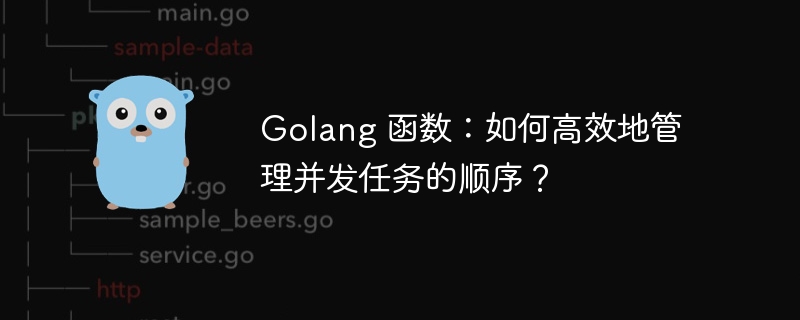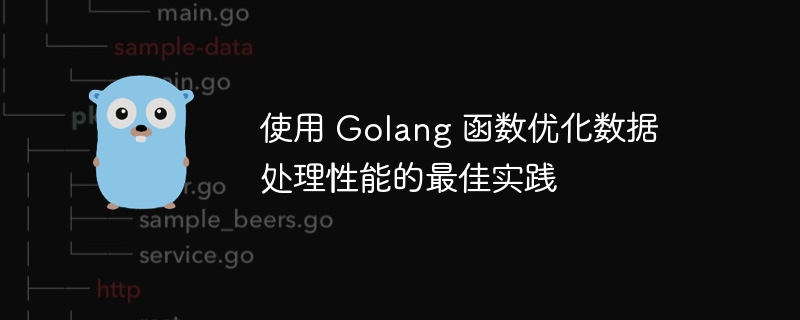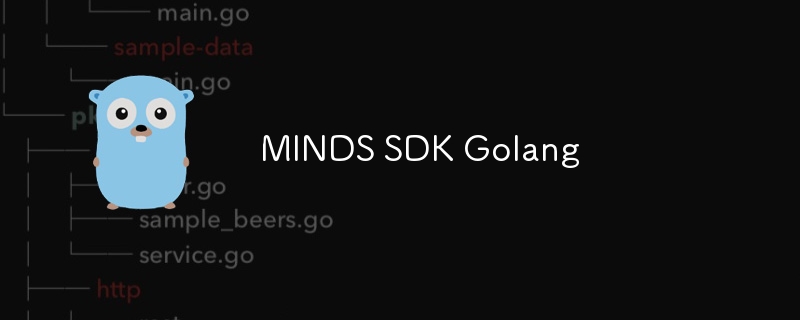在 golang 中,优雅地处理上下文取消至关重要,可避免资源泄漏:获取 context 对象。添加取消回调函数,创建新的 context 对象。启动 goroutine 执行操作。取消 context 以终止操作。检查取消状态,在操作中定期检查 done() 通道。

Golang 函数:优雅地处理上下文取消
在 Golang 中,context 包提供了一种机制,用于取消长期运行的操作,例如 HTTP 请求或数据库查询。优雅地处理上下文取消至关重要,因为它确保可以及时终止操作,避免资源泄漏。
处理上下文取消的步骤:
立即学习“go语言免费学习笔记(深入)”;
-
获取 Context 对象:
- 从父上下文或外部源接收 context.Context 对象。
-
添加取消回调函数:
- 使用 context.WithCancel 创建一个新的 Context 对象,并附加一个取消回调函数。
-
启动 goroutine:
- 启动一个 goroutine 来执行需要取消的操作。
-
取消 Context:
- 当需要取消操作时,调用 cancel 方法来取消 Context。
-
检查取消状态:
- 定期在 goroutine 中检查 Context 的 Done() 通道,以了解是否已取消。
- 如果 Context 已取消,则停止操作并释放资源。
实战案例:
以下是一个实战示例,展示如何优雅地处理 HTTP 请求的上下文取消:
package main
import (
"context"
"log"
"net/http"
)
func main() {
// 创建 HTTP Server 对象
http.HandleFunc("/", func(w http.ResponseWriter, r *http.Request) {
// 从请求中获取 Context 对象
ctx := r.Context()
// 创建一个新的 Context 对象,并附加取消回调函数
ctx, cancel := context.WithCancel(ctx)
defer cancel()
// 启动 goroutine 来执行 HTTP 请求
go func() {
// 执行 HTTP 请求
// ...
// 检查 Context 的取消状态
select {
case <-ctx.Done():
// Context 已取消,停止操作并释放资源
default:
// Context 未取消,继续执行
}
}()
})
// 启动 HTTP Server
log.Fatal(http.ListenAndServe(":8080", nil))
}在上面的示例中,当用户取消 HTTP 请求时,cancel 函数会被调用来取消 Context。这将导致 goroutine 检查 Done() 通道,并在 Context 被取消时停止操作。
以上就是Golang 函数:如何优雅地处理上下文取消的详细内容,更多请关注php中文网其它相关文章!
版权声明:本文内容由网友自发贡献,版权归原作者所有,本站不承担相应法律责任。如您发现有涉嫌抄袭侵权的内容,请联系 yyfuon@163.com






